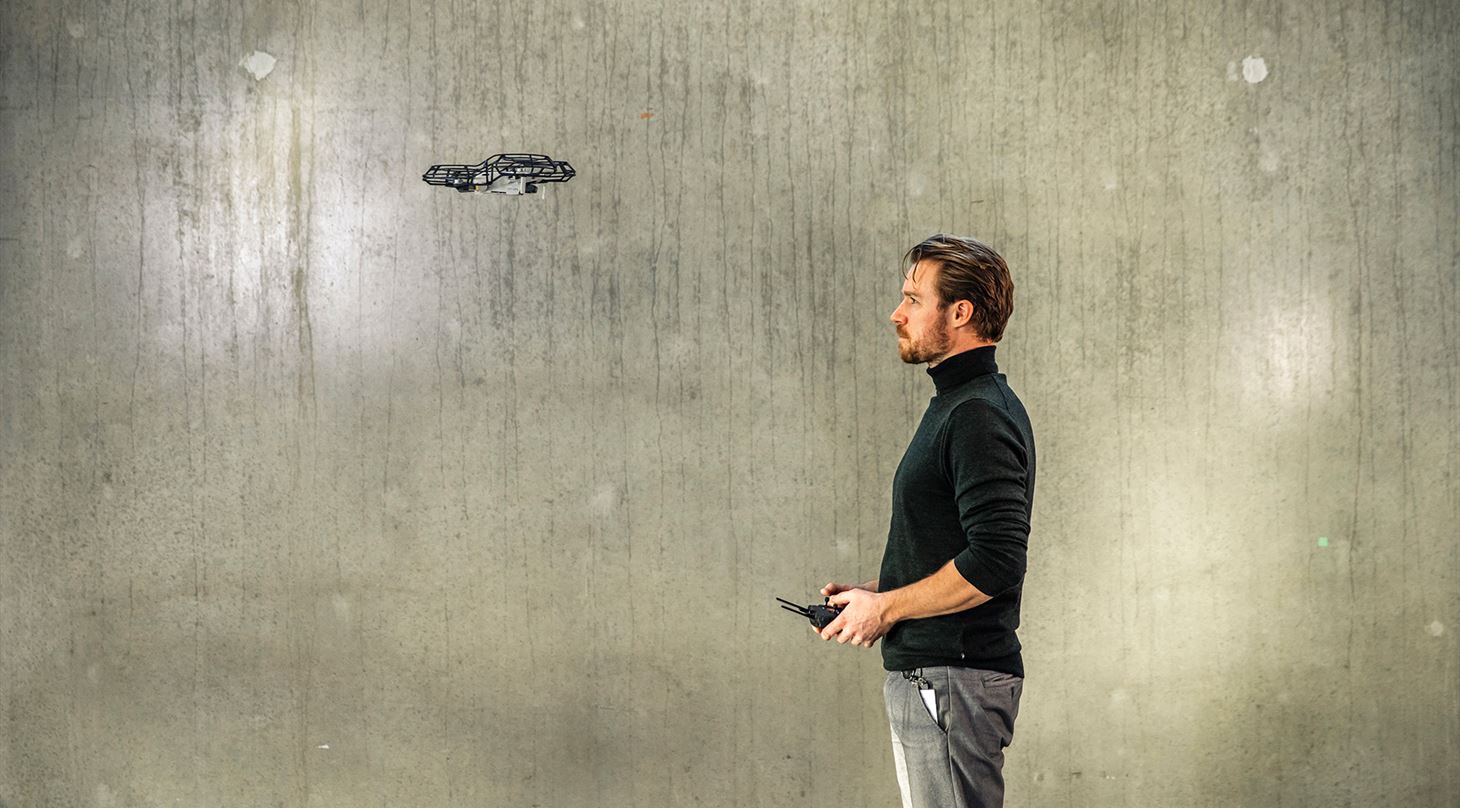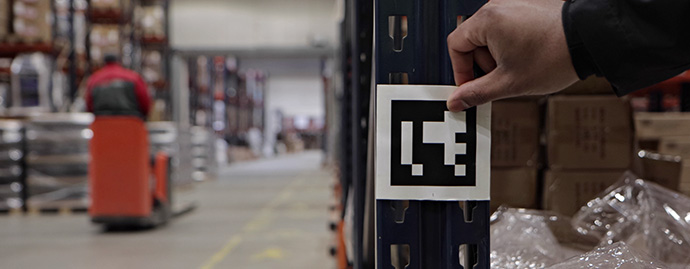
249 grams on wings: Nano drones are gaining traction and giving companies new application opportunities
The smallest drones are steadily becoming more and more intelligent, but how big is the potential of the so-called nano drones? A drone specialist from the Danish Technological Institute (DTI) takes a closer look here.
The development and use of aerial drones is developing rapidly. The flying objects can carry out many tasks from the air, depending on the types of drones involved. There are many different types of drones (e.g. aerial, ground, underwater) in different weight and size categories and with different abilities.
The latest development in aerial drones are the so-called nano drones. In this case, we are talking about drones with a maximum take-off weight of 249 grams including payload – in other words, with the UAS class label C0. What nano drones have in common is that they are considerably more accessible than their larger siblings.
Normally you need a certificate to fly drones -- but if your drone weighs less than 250 grams then pilot certificates are not required and therefore drone technology can spread to a much greater extent.
And that fact can benefit quite a few smaller companies as well as private individuals, points out Jeshith Damsbo Anandasubramaniam, who has worked with drone technology for several years.
The great potential of nano drones
According to Jeshith Damsbo Anandasubramaniam, nano drones have great potential, and DTI is currently exploring how far the nano drone technology can go.
– The drone is cheap, the rules are not that strict, and anyone can easily get started. These are just a few of the many advantages that nano drones bring. At DTI, we have tested indoor navigation with the nano-drones and processing images from the drone to collect valuable data. And so far the applications look promising, says Jeshith Damsbo Anandasubramaniam and continues.
– ArUco markers in the environment make it possible to fly indoors when there is no access to satellites and thus GPS. The markers act as signposts. When a drone sees a given marker, the marker sends the drone on in a certain direction. Here the drone meets a new marker, which then does the same. The nano drones can thus follow the markers around a room, so that they fly in a pre-programmed pattern while solving a given task.

During their trip around the room, the nano drones can perform various tasks. Among other things, DTI has tested nano drones at Danske Fragtmænd's warehouse, where the drones fly between meter-high storage racks and check barcodes on the various pallets. In this way, the nano-drones can help verify the items and ensure that the right item is in the right place.
The latest developments in indoor navigation even take this a step further. The latest nano drones are equipped with “sense and avoid” technology, which use extra sensors on the drone itself to fly indoors without the use of either markers or GPS.
Further development using Artificial Intelligence
Although the nano drones can already create value today, there is still room for improvement. Nano drones are not as intelligent as many of the larger drones. Therefore, according to Jeshith Damsbo Anandasubramaniam, there is great potential in developing new software for the drone.
– As it stands now, a drone can fly independently indoors using ArUco markers or sense and avoid technology, using its camera to scan and take pictures along the way and store this data. This enables the drone to perform a pre-programmed task, but it cannot adapt itself if a task needs to be changed or redone along the way, he says and continues.
– At DTI, we are working on developing software that uses artificial intelligence to process data collected by the drone in real time. That way, you don't have to analyse the images yourself after the flight has ended to discover a problem in the drone's work. Instead, problem detection can be done along the way and then corrected immediately.

An example of this could be in connection with the use of nano drones for gardening work. In horticulture, the nano drones can be used to monitor plants for diseases, nutrient deficiencies and pests.
If the drone is in doubt as to whether it has found a plant that lacks nutrients, the drone can use its software to change its flight pattern and take pictures of the plant from a different angle until it reaches a satisfactory analysis of the plant. And this is just one of many possible uses for the nano drones.
– Nano drones can come into play in many other places, for example in connection with road inspections, inspections of solar parks, wind turbine blades and more. Nano drones have the potential to automate a whole lot of inspection tasks. The limitations at this time are not the nano drone itself, but the many technologies we want to use with the drone, Jeshith says and continues.
– The revolutionary aspect of this work is not that we attach artificial intelligence and vision to a drone, but that we can attach the technologies to the smallest drones and use the drone from a mobile phone. This is where the innovation lies. When we do that, we get a great many new uses for the nano drones, which can potentially become a technology that everyone can use to create value in one form or another. It will reduce the barrier that exists for drone technology today, where you typically need to have some kind of expertise to use a drone for a specific task, concludes Jeshith Damsbo Anandasubramaniam.